Citibank 2015 Annual Report Download - page 252
Download and view the complete annual report
Please find page 252 of the 2015 Citibank annual report below. You can navigate through the pages in the report by either clicking on the pages listed below, or by using the keyword search tool below to find specific information within the annual report.-
 1
1 -
 2
2 -
 3
3 -
 4
4 -
 5
5 -
 6
6 -
 7
7 -
 8
8 -
 9
9 -
 10
10 -
 11
11 -
 12
12 -
 13
13 -
 14
14 -
 15
15 -
 16
16 -
 17
17 -
 18
18 -
 19
19 -
 20
20 -
 21
21 -
 22
22 -
 23
23 -
 24
24 -
 25
25 -
 26
26 -
 27
27 -
 28
28 -
 29
29 -
 30
30 -
 31
31 -
 32
32 -
 33
33 -
 34
34 -
 35
35 -
 36
36 -
 37
37 -
 38
38 -
 39
39 -
 40
40 -
 41
41 -
 42
42 -
 43
43 -
 44
44 -
 45
45 -
 46
46 -
 47
47 -
 48
48 -
 49
49 -
 50
50 -
 51
51 -
 52
52 -
 53
53 -
 54
54 -
 55
55 -
 56
56 -
 57
57 -
 58
58 -
 59
59 -
 60
60 -
 61
61 -
 62
62 -
 63
63 -
 64
64 -
 65
65 -
 66
66 -
 67
67 -
 68
68 -
 69
69 -
 70
70 -
 71
71 -
 72
72 -
 73
73 -
 74
74 -
 75
75 -
 76
76 -
 77
77 -
 78
78 -
 79
79 -
 80
80 -
 81
81 -
 82
82 -
 83
83 -
 84
84 -
 85
85 -
 86
86 -
 87
87 -
 88
88 -
 89
89 -
 90
90 -
 91
91 -
 92
92 -
 93
93 -
 94
94 -
 95
95 -
 96
96 -
 97
97 -
 98
98 -
 99
99 -
 100
100 -
 101
101 -
 102
102 -
 103
103 -
 104
104 -
 105
105 -
 106
106 -
 107
107 -
 108
108 -
 109
109 -
 110
110 -
 111
111 -
 112
112 -
 113
113 -
 114
114 -
 115
115 -
 116
116 -
 117
117 -
 118
118 -
 119
119 -
 120
120 -
 121
121 -
 122
122 -
 123
123 -
 124
124 -
 125
125 -
 126
126 -
 127
127 -
 128
128 -
 129
129 -
 130
130 -
 131
131 -
 132
132 -
 133
133 -
 134
134 -
 135
135 -
 136
136 -
 137
137 -
 138
138 -
 139
139 -
 140
140 -
 141
141 -
 142
142 -
 143
143 -
 144
144 -
 145
145 -
 146
146 -
 147
147 -
 148
148 -
 149
149 -
 150
150 -
 151
151 -
 152
152 -
 153
153 -
 154
154 -
 155
155 -
 156
156 -
 157
157 -
 158
158 -
 159
159 -
 160
160 -
 161
161 -
 162
162 -
 163
163 -
 164
164 -
 165
165 -
 166
166 -
 167
167 -
 168
168 -
 169
169 -
 170
170 -
 171
171 -
 172
172 -
 173
173 -
 174
174 -
 175
175 -
 176
176 -
 177
177 -
 178
178 -
 179
179 -
 180
180 -
 181
181 -
 182
182 -
 183
183 -
 184
184 -
 185
185 -
 186
186 -
 187
187 -
 188
188 -
 189
189 -
 190
190 -
 191
191 -
 192
192 -
 193
193 -
 194
194 -
 195
195 -
 196
196 -
 197
197 -
 198
198 -
 199
199 -
 200
200 -
 201
201 -
 202
202 -
 203
203 -
 204
204 -
 205
205 -
 206
206 -
 207
207 -
 208
208 -
 209
209 -
 210
210 -
 211
211 -
 212
212 -
 213
213 -
 214
214 -
 215
215 -
 216
216 -
 217
217 -
 218
218 -
 219
219 -
 220
220 -
 221
221 -
 222
222 -
 223
223 -
 224
224 -
 225
225 -
 226
226 -
 227
227 -
 228
228 -
 229
229 -
 230
230 -
 231
231 -
 232
232 -
 233
233 -
 234
234 -
 235
235 -
 236
236 -
 237
237 -
 238
238 -
 239
239 -
 240
240 -
 241
241 -
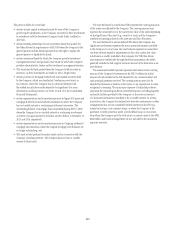 242
242 -
 243
243 -
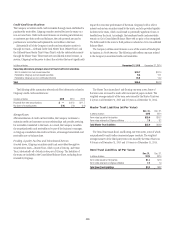 244
244 -
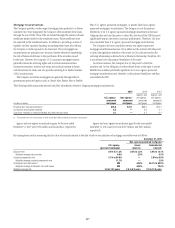 245
245 -
 246
246 -
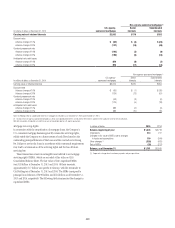 247
247 -
 248
248 -
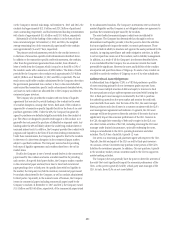 249
249 -
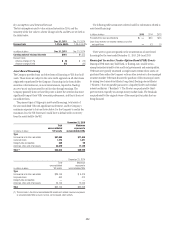 250
250 -
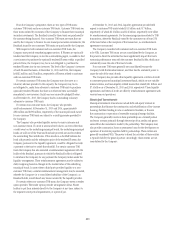 251
251 -
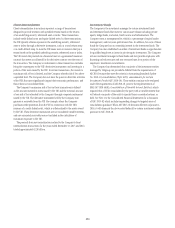 252
252 -
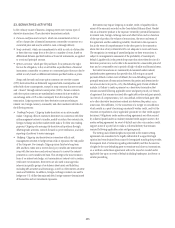 253
253 -
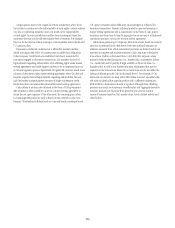 254
254 -
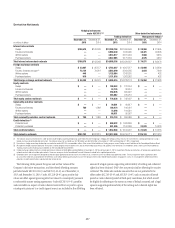 255
255 -
 256
256 -
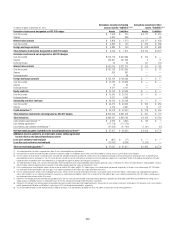 257
257 -
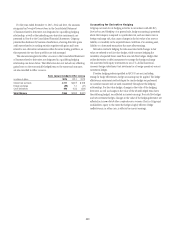 258
258 -
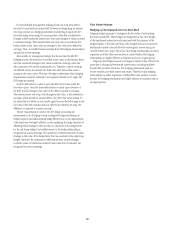 259
259 -
 260
260 -
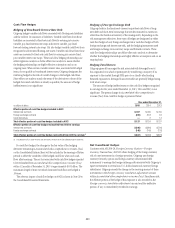 261
261 -
 262
262 -
 263
263 -
 264
264 -
 265
265 -
 266
266 -
 267
267 -
 268
268 -
 269
269 -
 270
270 -
 271
271 -
 272
272 -
 273
273 -
 274
274 -
 275
275 -
 276
276 -
 277
277 -
 278
278 -
 279
279 -
 280
280 -
 281
281 -
 282
282 -
 283
283 -
 284
284 -
 285
285 -
 286
286 -
 287
287 -
 288
288 -
 289
289 -
 290
290 -
 291
291 -
 292
292 -
 293
293 -
 294
294 -
 295
295 -
 296
296 -
 297
297 -
 298
298 -
 299
299 -
 300
300 -
 301
301 -
 302
302 -
 303
303 -
 304
304 -
 305
305 -
 306
306 -
 307
307 -
 308
308 -
 309
309 -
 310
310 -
 311
311 -
 312
312 -
 313
313 -
 314
314 -
 315
315 -
 316
316 -
 317
317 -
 318
318 -
 319
319 -
 320
320 -
 321
321 -
 322
322 -
 323
323 -
 324
324 -
 325
325 -
 326
326 -
 327
327 -
 328
328 -
 329
329 -
 330
330 -
 331
331 -
 332
332
 |
 |
234
Client Intermediation
Client intermediation transactions represent a range of transactions
designed to provide investors with specified returns based on the returns
of an underlying security, referenced asset or index. These transactions
include credit-linked notes and equity-linked notes. In these transactions,
the VIE typically obtains exposure to the underlying security, referenced
asset or index through a derivative instrument, such as a total-return swap
or a credit-default swap. In turn the VIE issues notes to investors that pay a
return based on the specified underlying security, referenced asset or index.
The VIE invests the proceeds in a financial asset or a guaranteed insurance
contract that serves as collateral for the derivative contract over the term of
the transaction. The Company’s involvement in these transactions includes
being the counterparty to the VIE’s derivative instruments and investing in a
portion of the notes issued by the VIE. In certain transactions, the investor’s
maximum risk of loss is limited, and the Company absorbs risk of loss above
a specified level. The Company does not have the power to direct the activities
of the VIEs that most significantly impact their economic performance, and
thus it does not consolidate them.
The Company’s maximum risk of loss in these transactions is defined
as the amount invested in notes issued by the VIE and the notional amount
of any risk of loss absorbed by the Company through a separate instrument
issued by the VIE. The derivative instrument held by the Company may
generate a receivable from the VIE (for example, where the Company
purchases credit protection from the VIE in connection with the VIE’s
issuance of a credit-linked note), which is collateralized by the assets owned
by the VIE. These derivative instruments are not considered variable interests,
and any associated receivables are not included in the calculation of
maximum exposure to the VIE.
The proceeds from new securitizations related to the Company’s client
intermediation transactions for the years ended December 31, 2015 and 2014
totaled approximately $2.0 billion.
Investment Funds
The Company is the investment manager for certain investment funds
and retirement funds that invest in various asset classes including private
equity, hedge funds, real estate, fixed income and infrastructure. The
Company earns a management fee, which is a percentage of capital under
management, and may earn performance fees. In addition, for some of these
funds the Company has an ownership interest in the investment funds. The
Company has also established a number of investment funds as opportunities
for qualified employees to invest in private equity investments. The Company
acts as investment manager to these funds and may provide employees with
financing on both recourse and non-recourse bases for a portion of the
employees’ investment commitments.
The Company has determined that a majority of the investment entities
managed by Citigroup are provided a deferral from the requirements of
ASC 810, because they meet the criteria in Accounting Standards Update
No. 2010-10, Consolidation (Topic 810), Amendments for Certain
Investment Funds (ASU 2010-10). These entities continue to be evaluated
under the requirements of ASC 810-10, prior to the implementation of
SFAS 167 (FIN 46(R), Consolidation of Variable Interest Entities), which
required that a VIE be consolidated by the party with a variable interest that
will absorb a majority of the entity’s expected losses or residual returns, or
both. See Note 1 to the Consolidated Financial Statements for a discussion
of ASU 2015-02 which includes impending changes to targeted areas of
consolidation guidance. When ASU 2015-02 becomes effective on January 1,
2016, it will eliminate the above noted deferral for certain investment entities
pursuant to ASU 2010-10.
